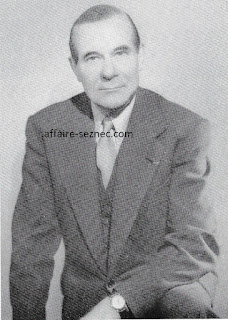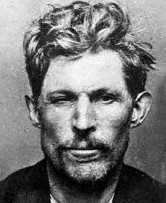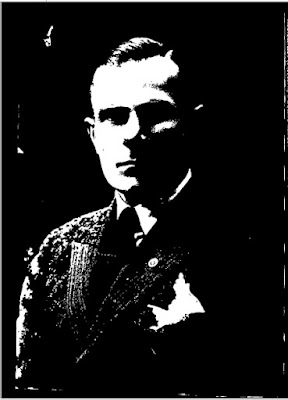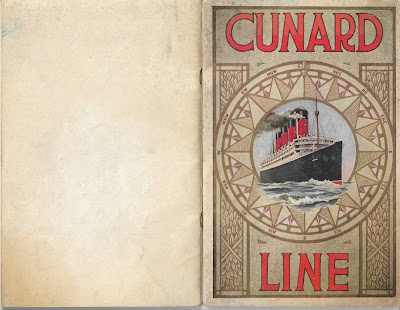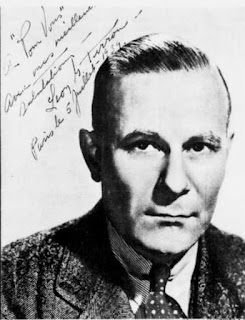The Seznec Case
Introduction
The Seznec case stands as a significant episode in French legal history, capturing the public's imagination and sparking debates over justice and truth for over a century. Dating back to 1922, the case involves the mysterious disappearance of Pierre Quéméneur and the subsequent conviction of Guillaume Seznec, a man whose name has become synonymous with wrongful conviction and legal battles. This article aims to dissect the Seznec case from its inception to the ongoing discussions in 2024, exploring the complexities of justice and the ways public perception has evolved.
1. Background of the Seznec Case
To understand the Seznec affair, one must first contextualize it within early 20th-century France, a time marked by social upheaval, economic struggles, and shifting norms concerning justice. Guillaume Seznec, a businessman from Brittany, became embroiled in a scandal that would haunt him for decades. The case began on May 23, 1922, when Pierre Quéméneur, a notary and local politician, vanished after a trip with Seznec to Paris. Their journey, initially thought to be a business trip involving a financial transaction, quickly turned sinister as Quéméneur’s disappearance sparked public intrigue and dread.
2. The Disappearance
Quéméneur's last known whereabouts were with Seznec, leading to public speculation about foul play. After Quéméneur failed to return, his family filed a report, prompting an investigation that would unravel many layers of mystery. Seznec’s initial demeanor was that of concern, and he stated that Quéméneur had left for Paris alone. However, inconsistencies in his story soon caught the attention of authorities, transforming the investigation into a quest for truth amidst rising media frenzy.
3. The Investigation
As the investigation progressed, it became apparent that evidence against Seznec was mounting. The police uncovered circumstantial evidence suggesting a motive for murder: financial disputes, and personal animosities. Testimonies from locals who had seen Seznec and Quéméneur together added to the cloud of suspicion. The police's determination led them to search Seznec's properties and personal effects, revealing further inconsistencies in his accounts. The public's interest heightened, as rumors swirled around the nature of Quéméneur's disappearance and Seznec's involvement.
4. The Trial
The trial commenced in 1924, capturing national attention. Seznec was charged with murder despite the absence of a body. The prosecution presented its case, relying heavily on circumstantial evidence and Seznec's conflicting statements. The defense argued that Seznec was being scapegoated in a public spectacle, emphasizing the lack of physical evidence linking him to any crime. The trial's proceedings were marked by dramatic testimonies and emotional appeals, ultimately resulting in Seznec's conviction. Many viewed the case as a miscarriage of justice, fueled by media sensationalism and social bias against an accused man.
5. Conviction and Its Aftermath
Convicted and sentenced to life in prison, Seznec's plight ignited outrage among the public and intellectuals alike. Many believed he was a victim of a flawed system that prioritized expediency over truth. His family, devastated by the outcome, launched a campaign to prove his innocence. The case sparked widespread conversations about judicial integrity and the potential for wrongful convictions, reflecting societal anxieties of the era. Seznec's story became a poignant example of how the machinery of justice could malfunction, affecting lives irrevocably.
6. The Quest for Justice
In the years following his conviction, a relentless pursuit for justice emerged. Seznec's supporters rallied, raising funds and leveraging media attention to argue for his release. Prominent intellectuals and journalists began scrutinizing the case, calling for a review of evidence and procedures. The campaign for Seznec's exoneration underscored the power of public opinion in shaping legal outcomes, illustrating how advocacy could challenge entrenched systems. Over the decades, the narrative surrounding the Seznec case evolved, as more individuals questioned the legitimacy of his conviction.
7. Re-examination of the Case
As decades passed, historians and legal scholars revisited the Seznec case, employing new analytical lenses. Noteworthy among these was the introduction of forensic advancements and fresh perspectives on witness testimonies. Each re-examination hinted at discrepancies and inconsistencies in the trial, raising questions about evidence handling, judicial biases, and the reliability of testimonies during the original proceedings. The case also inspired discussions about ethics in media coverage and the societal responsibility of portraying justice narratives accurately.
8. Current Developments and Legacy
As of 2024, the Seznec case continues to resonate within French culture, marking its place in discussions about wrongful convictions and legal reform. New evidence still emerges sporadically, fueling ongoing debates about Seznec’s innocence and the integrity of the legal system that failed him. Recent documentaries and books have reignited interest in the case, bringing forth untold stories and fresh analyses. The impact of the Seznec affair is evident in subsequent legal reforms aimed at preventing wrongful convictions in France, showcasing how one case can influence broader justice policies.
Seznec’s legacy also invites reflection on the human aspect of legal trials, emphasizing how a single event can ripple through time, affecting not only the accused but also family, community, and nation. The public’s engagement with the case has sparked discussions about the moral responsibilities of the legal system and the media, reminding audiences of the importance of thorough investigations and fair trials. The preservation of Seznec’s story serves as a cautionary tale about the potential pitfalls in the pursuit of justice.
Conclusion
In conclusion, the Seznec case is an intricate tapestry of mystery, tragedy, and the quest for justice. From its beginnings in 1922 through decades of legal battles and public scrutiny, the case has highlighted the fragile nature of truth within the judicial system. Guillaume Seznec’s wrongful conviction echoes the broader challenges faced by those who find themselves ensnared within the mechanisms of law, and it serves as a critical reminder of the need for vigilance in safeguarding justice.
The significance of the Seznec affair extends beyond its historical context, provoking critical discussions about the complexities of the legal system and the societal implications of wrongful convictions. As we reflect on the past, we must remain mindful of the inherent human narratives contained within these legal frameworks, ensuring that justice is pursued diligently and compassionately in all circumstances. The legacy of the Seznec case continues to challenge us to rethink perceptions of guilt and innocence, urging society to strive towards a more transparent and equitable justice system.



